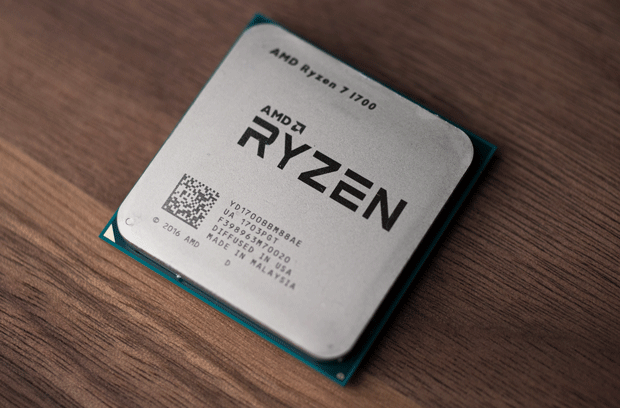

The ONLY thing I don’t like about CTR is that it is another application running.

P0 = Stock single core boost MHz (stock voltage) In Hybrid OC mode, I could have the following settings: The most versatile tool I have used for overclocking Zen 2 is CTR 2.0 (by far). I’m still open in learning how to figure out PB/O but I personally can’t recommend considering the performance, heat, and power consumption vs. My CPU heat is lower in AIDA 64 / CPU benchmarks. My power consumption under load is lower.

I have full control of the voltage (limit). I don’t have to worry if my CPU will boost. So because of all of my experience, I just play with all core OC. At the end of the day performance improvement is negligible. It’s also a similar conclusion to most threads I’ve read. I loaded up Rainbow Six: Siege and ran the benchmark 3 times and results were identical to my all core, 4,275 MHz / 1.176v all core OC. In my very best attempt, I followed the PBO + BCLK method and had my bus running at 102MHz, resulting in a single core ~4,650 MHz boost. As the base frequency you are basing this off of is variable. Furthermore, doing this doesn't guarantee 200Mhz offset when you set the offset that high. The problem is that this doesn't work as good as you think it should. But used in conjunction with PBO to help the CPU OC better during heavy threaded workloads. The offset used hoping that you can overclock to 200+ offset is actually Auto Overclocking and it is not part of PBO even though it's found in the same sub menu. Higher values have the potential of disabling these features as CPU/MB would never reach those limits. As 2 different motherboards will provide 2 different sets of values. How the above values are set are based on the motherboard used. You can find out what your MB sets those values to by enabling PBO in the bios.

GN: Changing these values to avoid reaching the limits of PBO. If you are already getting the max boost of the CPU, tweaking PBO doesn't let you go past that (based on the features listed above alone). Therefore, PBO and or PB is starting to look pretty pointless endeavor as it only allows the CPU to if, and only if, certain thermal thresholds/power requirements are met.Īs a whole these cpus overclock/boost like GPUs. EDCAfter watch Gamer's Nexus review in how they test these cpus I now know it's either one or the other in the title of this thread.


 0 kommentar(er)
0 kommentar(er)
